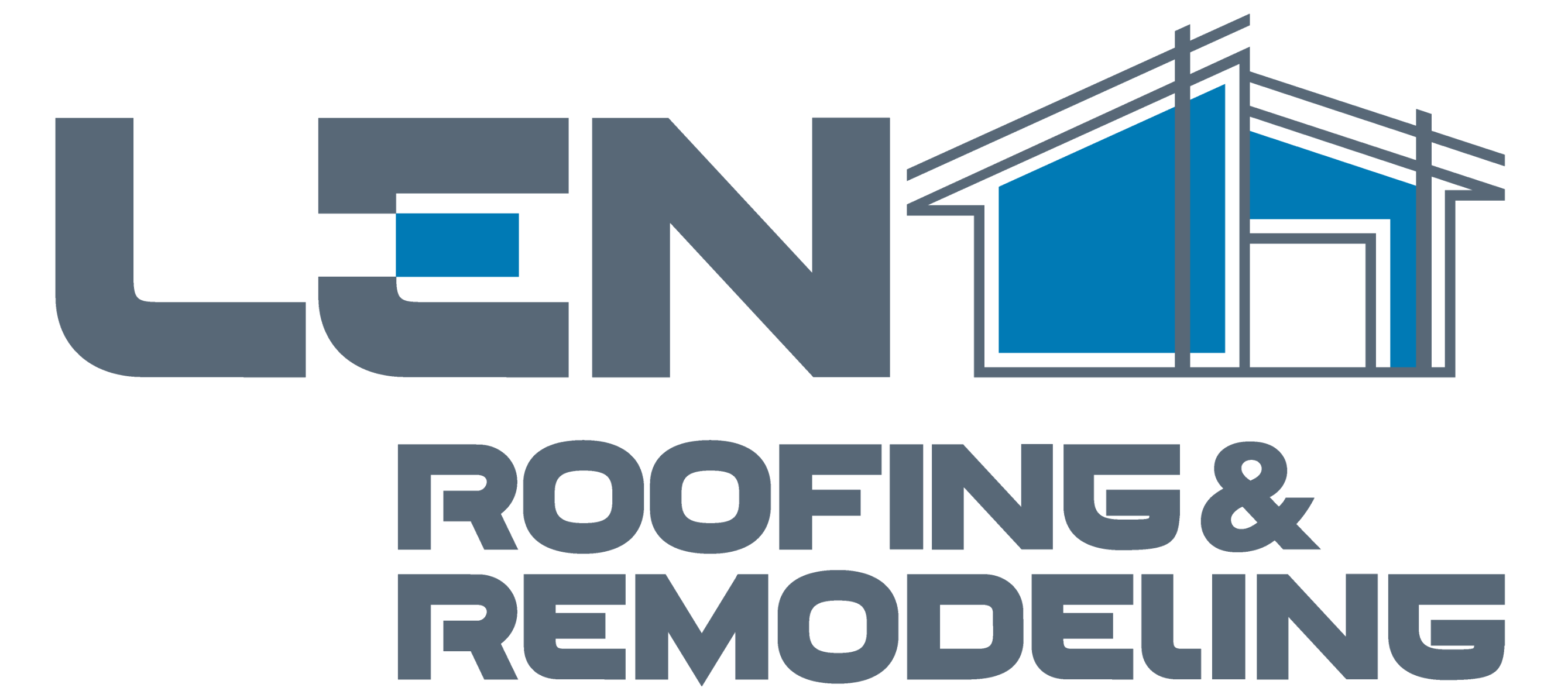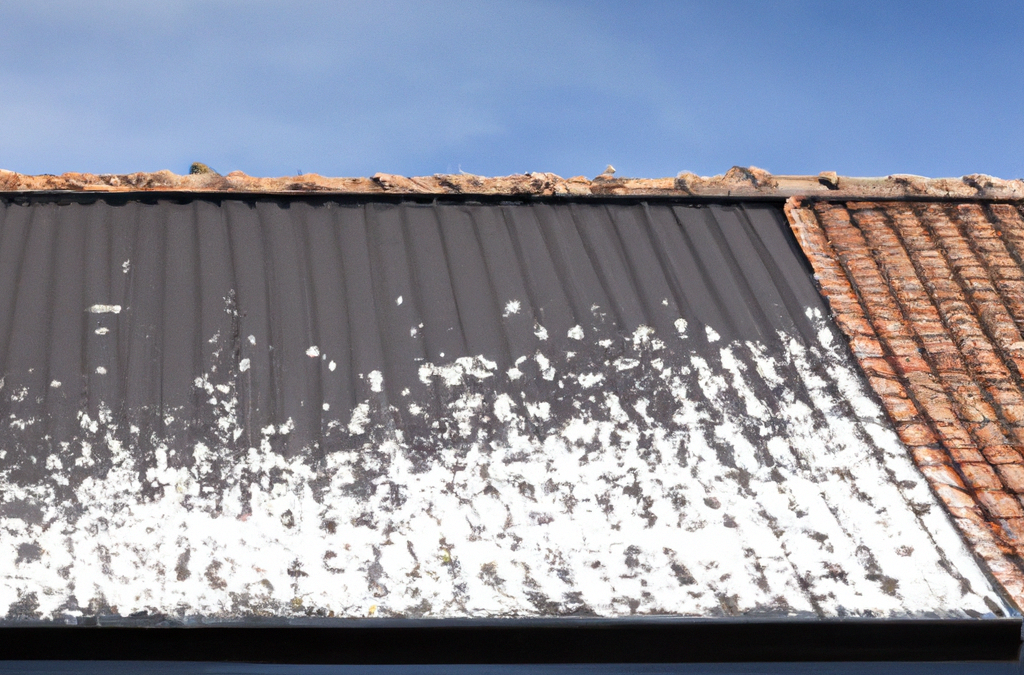After the Storm: A Homeowner’s Guide to Identifying and Repairing Hail Damage to Roofs
When the dark clouds disperse and the sound of hailstones hitting the ground fades away, homeowners are often left with concerns about potential damages to their properties.
Among the most vulnerable areas of your home during a hailstorm is the roof. But how can you tell if your roof was damaged and what steps should you take next?
This guide will walk you through identifying and repairing hail damage to roofs.
Signs of Hail Damage on Roofs
Dented Shingles
The most obvious sign of hail damage is dented or bruised shingles.
The impact of hailstones can leave behind circular patterns where granules are missing, exposing the underlayer. These weakened spots can eventually lead to leaks if not addressed.
Cracked or Split Shingles
Hail can cause shingles to crack or split, particularly if they were already aged or worn out before the storm.
Granule Loss
Look in the gutters or at the base of downspouts for a significant amount of granules.
When shingles are hit by hailstones, the impact might knock off these granules, which protect the roof from UV rays and water infiltration.
Dented Roof Vents and Flashing
Apart from the shingles, hail can also dent other components of your roof like metal roof vents, flashing, or even chimneys.
Steps to Take After Identifying Hail Damage
Document the Damage
Before any repair begins, it’s essential to document the damage.
Take clear photographs of every dent, bruise, or crack. This will be particularly useful if you decide to file an insurance claim.
Reach Out to Your Insurance
If you believe the damage is significant, contact your homeowner’s insurance.
They may send an adjuster to assess the damage, and the documentation you’ve prepared will be invaluable in this process. Remember, it’s better to contact them sooner rather than later.
Seek Professional Inspection
While you can identify some damage on your own, a professional roofing contractor will have the expertise to spot things you might have missed.
They can provide a comprehensive inspection and give you a clear idea of the necessary repairs or if a total replacement is warranted.
Repair or Replace
Based on the inspection’s outcome, decide whether to repair the affected areas or replace the roof entirely.
Sometimes, even if the visible damage isn’t widespread, the structural integrity of the roof might be compromised, necessitating a replacement.
Choose Quality Materials
If you’re replacing shingles or the entire roof, consider investing in hail-resistant roofing materials. These materials have undergone testing to ensure they can withstand the impact of hailstones, potentially saving you from future repair costs.
Preventative Measures for Future Storms
While we can’t control the weather, there are steps homeowners can take to minimize potential hail damage in the future:
Regular Maintenance
Routine roof checks and maintenance help identify and rectify weak spots, reducing the risk of severe damage during hailstorms.
Protective Barriers
Consider installing protective shields or barriers, especially over vulnerable areas like skylights.
Trim Overhanging Trees
Overhanging branches can break off during storms, causing additional damage to roofs. By keeping trees well-trimmed, you minimize this risk.
After a storm, it’s natural to feel overwhelmed by the potential damage to your home. However, with prompt action, thorough assessment, and the right repair strategies, you can restore your roof’s integrity and ensure your home remains the safe haven it should be.
The Len Roofing & Remodeling Difference
When we say that we’re a top-quality roofing and remodeling company that serves the North Shore and surrounding Chicagoland area, we back it up. We do more than simply cover the basics: we show up on time and nail it. For more information or to schedule a consultation, call 847-768-6000 or visit our contact page.




